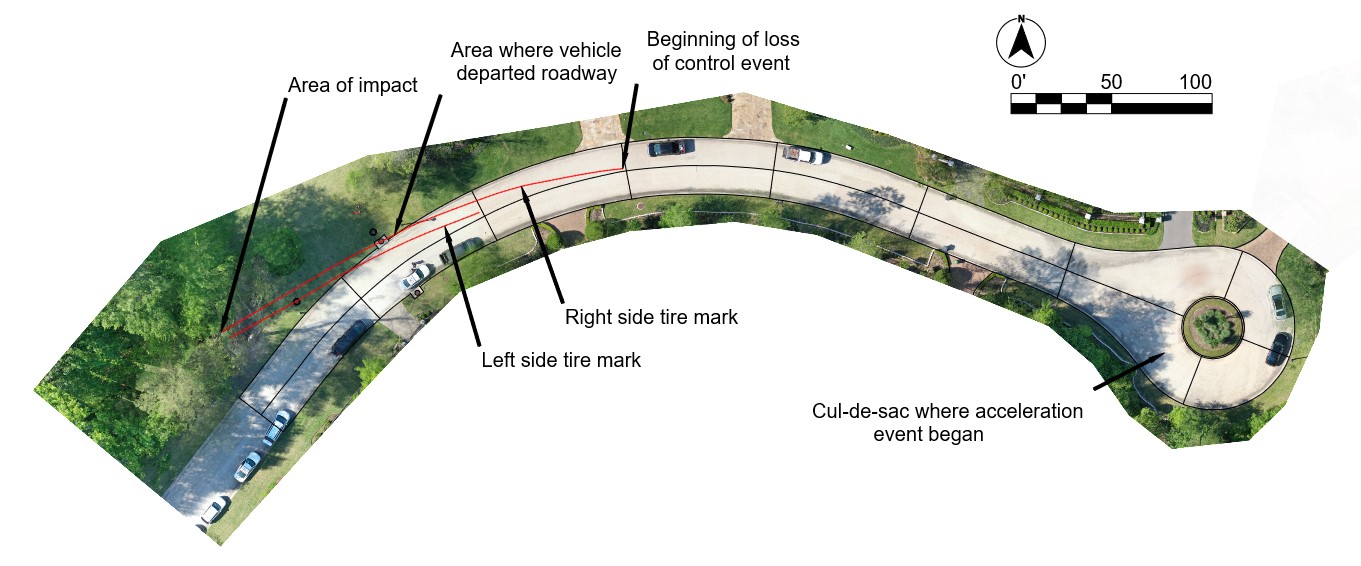EVNow
Well-Known Member
We will probably never know, but my guess is this was a case of hitting accelerator when the driver though he was hitting the brake.
Reads like he was pressing the accelerator till the end and never slammed the brakes. So, possible he hit the accelerator instead of brake when turning.
With the assistance of the EDR module manufacturer, the NTSB Recorders Laboratory repaired and downloaded the fire-damaged EDR. Data from the module indicate that both the driver and the passenger seats were occupied, and that the seat belts were buckled when the EDR recorded the crash. The data also indicate that the driver was applying the accelerator in the time leading up to the crash; application of the accelerator pedal was found to be as high as 98.8 percent. The highest speed recorded by the EDR in the 5 seconds leading up to the crash was 67 mph. [3]



